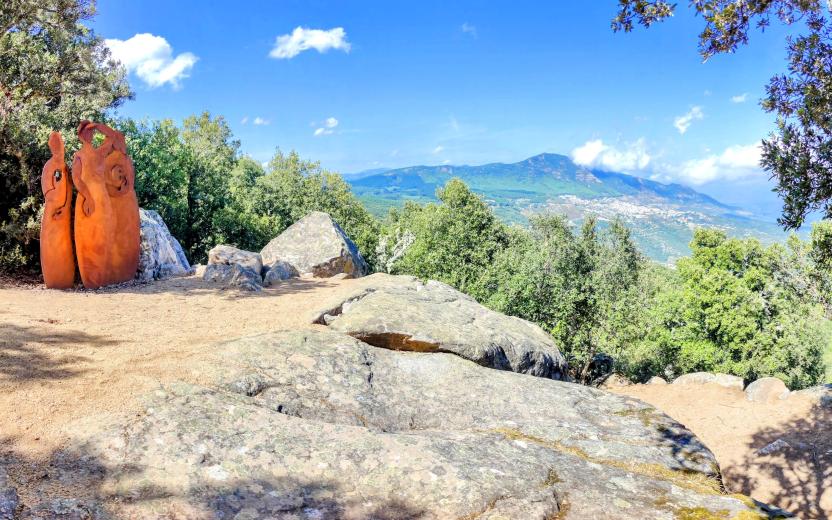Educational trails
Una rete di sentieri didattici dislocati all’interno delle principali Foreste Demaniali gestite da Forestas, o nei parchi naturali della Sardegna, per attività di educazione ambientale: un modo efficace per unire svago ed apprendimento, all'insegna del contatto con la Natura...


